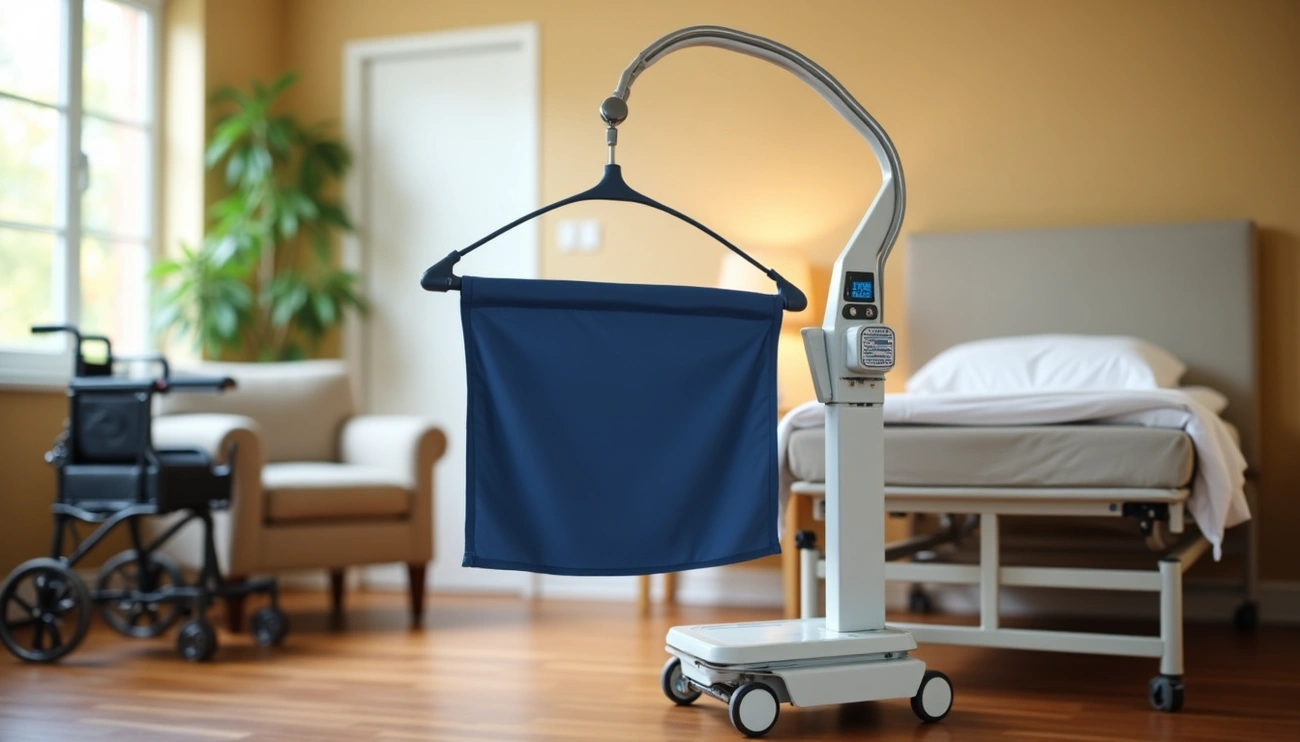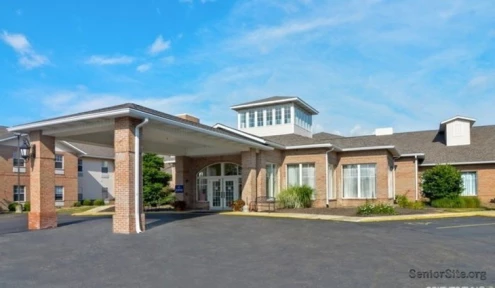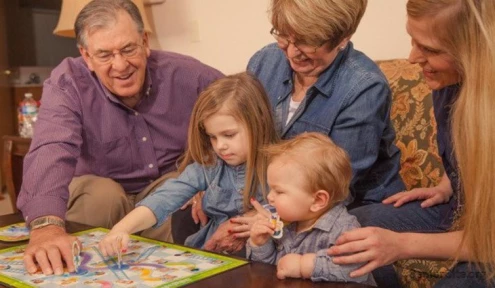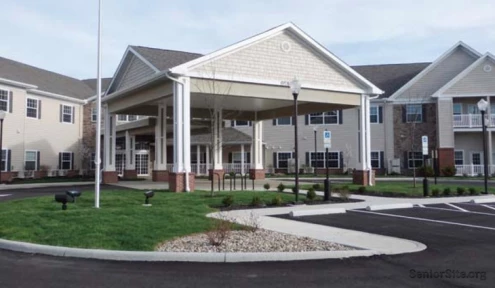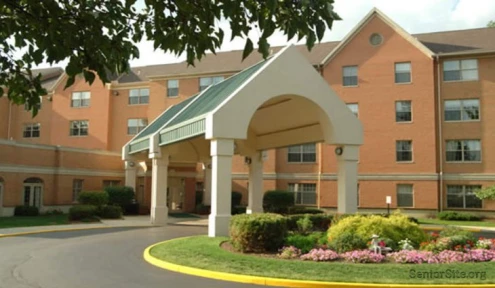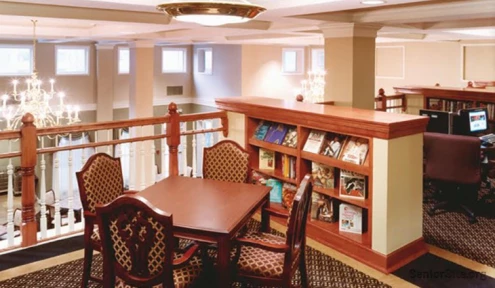n recent years, the landscape of memory care has undergone a remarkable transformation. As the number of individuals requiring specialized care for dementia and Alzheimer’s continues to rise, innovative approaches are reshaping how we support and care for those with cognitive impairments. This article explores the cutting-edge memory care innovations that are not only improving the lives of residents but also changing how families approach the decision-making process when considering care options for their loved ones.
The Evolving Landscape of Memory Care
The memory care sector is experiencing rapid growth and evolution, driven by an increasing demand and a deeper understanding of the needs of individuals with cognitive impairments. According to recent statistics, approximately 6.9 million Americans aged 65 and older are currently living with Alzheimer’s dementia, a number projected to reach 13.8 million by 2060 without significant medical breakthroughs 1.
This growing need has spurred innovation across the industry, with a focus on creating environments and programs that enhance the quality of life for residents while providing peace of mind for their families. Modern memory care units are designed to provide a safe and stimulating environment for residents with cognitive impairments, incorporating elements that support both physical and emotional well-being.
Dr. Emily Chen, a geriatric specialist at the National Institute on Aging, explains, “The shift we’re seeing in memory care is not just about managing symptoms; it’s about creating a holistic environment that supports cognitive function, emotional health, and overall quality of life. These innovations are changing what’s possible in dementia care.”
Innovative Design in Memory Care Units: Creating Supportive Environments
One of the most significant memory care innovations lies in the physical design of care facilities. Modern memory care units are moving away from traditional institutional layouts to create more homelike and supportive environments. Key features include:
- Smaller, more intimate living spaces that reduce confusion and anxiety
- Strategic use of calming color schemes, with an emphasis on yellows, purples, and blues
- Secure outdoor areas and therapeutic gardens that allow safe exploration and connection with nature
- Multisensory rooms with soothing lights and sounds to stimulate cognitive engagement and reduce stress
These design innovations not only enhance the daily lives of residents but also play a crucial role in managing behavioral symptoms associated with dementia. A study conducted at a London facility found that after implementing these design principles, residents experienced decreased anxiety levels and enhanced cognitive engagement 2.
Leveraging Dementia Care Technology for Improved Resident Engagement
Recent dementia innovations focus on personalized care approaches that cater to individual needs and preferences. Cutting-edge memory care technology, such as interactive cognitive stimulation tools, is revolutionizing resident engagement and care planning. These technological advancements include:
- Virtual reality experiences that provide cognitive stimulation and reminiscence therapy
- AI-powered monitoring systems that track resident behavior and alert staff to potential issues
- Interactive touchscreen devices offering personalized activities and memory games
- Data-driven care planning systems that allow for more tailored and effective interventions
Dr. Robert Lee, a researcher specializing in gerontechnology, notes, “The integration of technology in memory care is not about replacing human interaction, but enhancing it. These tools provide valuable insights into resident needs and preferences, allowing care teams to deliver more personalized and effective support.”
Pioneering Innovative Ideas for Dementia Care: A New Approach
Facilities are implementing innovative ideas for dementia care, including multisensory rooms and therapeutic gardens, to enhance resident well-being. These creative engagement strategies are designed to stimulate cognitive function, reduce anxiety, and promote social interaction. Some notable approaches include:
- Art and Music Therapy: Programs that encourage self-expression and tap into long-term memories, often resulting in improved mood and reduced agitation.
- Intergenerational Programs: Partnerships with local schools or daycares that bring children and seniors together for mutually beneficial interactions.
- Pet Therapy: Regular visits from therapy animals that provide comfort, reduce stress, and encourage physical activity.
- Virtual Travel Experiences: Using technology to “transport” residents to different locations, stimulating memories and encouraging social interaction.
These innovative programs not only enhance the daily lives of residents but also provide meaningful ways for families to connect with their loved ones during visits.
Personalized Dining Experiences: Nourishing Body and Mind
Nutrition plays a crucial role in cognitive health, and memory care facilities are revolutionizing their approach to dining. Personalized dining experiences are becoming a cornerstone of innovative memory care, focusing on:
- Implementation of the MIND diet, which emphasizes brain-healthy foods
- Texture-modified meals that maintain nutritional value while addressing swallowing difficulties
- Open kitchen concepts that stimulate appetite through sight and smell
- Family-style dining options that encourage social interaction and a sense of community
Chef Maria Rodriguez, a specialist in memory care nutrition, explains, “We’re moving beyond simply meeting nutritional needs. Our goal is to create dining experiences that engage all the senses, trigger positive memories, and make eating an enjoyable social activity for residents.”
Enriched Life Activities: Fostering Joy and Purpose
Engaging residents in meaningful activities is crucial for maintaining cognitive function and emotional well-being. Memory care innovations in this area focus on creating personalized activity programs that cater to individual interests and abilities. These may include:
- Adaptive sports programs that promote physical activity and social interaction
- Horticulture therapy in secure garden spaces
- Technology-assisted cognitive training games
- Life skills stations that allow residents to engage in familiar tasks safely
A case study from Willowbrook Lodge, a memory care facility in Oregon, reported a 30% reduction in distressing behaviors and a 25% increase in family satisfaction after implementing a personalized activity program 3.
The Impact of Innovations on Family Decision-Making
These memory care innovations are not only improving the lives of residents but also influencing how families approach the decision-making process. Sarah Thompson, a senior care consultant, notes, “Families are now looking for facilities that offer more than just basic care. They want environments that will engage their loved ones and provide opportunities for joy and purpose.”
Recent studies support this shift in family priorities:
- A J.D. Power study revealed an 18-point increase in overall satisfaction (855 out of 1000) with memory care facilities that implemented innovative programs 4.
- 89% of families reported that innovative engagement programs were a key factor in their decision-making process.
- Facilities with personalized dining experiences and enriched life activities saw a 15% increase in early-stage inquiries from families.
Improving Quality of Life: Expert Insights and Statistics
The impact of these memory care innovations on resident well-being is significant and measurable. Dr. Lisa Chen, a geriatric psychiatrist, shares, “We’re seeing remarkable improvements in cognitive function, mood, and overall quality of life in residents who have access to these innovative programs.”
Key statistics highlight the positive outcomes:
- Residents in facilities with innovative engagement programs showed a 40% reduction in depression symptoms compared to traditional care settings.
- Physical activity programs resulted in a 25% decrease in fall incidents and a 20% improvement in mobility among residents.
- Personalized dining experiences led to a 30% increase in nutritional intake and a 15% reduction in weight loss among residents with advanced dementia.
Conclusion: The Future of Memory Care
As we look to the future, it’s clear that memory care innovations will continue to play a crucial role in enhancing the lives of individuals with cognitive impairments. From creative engagement strategies and personalized dining experiences to enriched life activities and cutting-edge technology, these innovations are setting new standards in memory care.
For families navigating the challenging journey of dementia care, these advancements offer hope and new possibilities. By choosing facilities that embrace these innovative approaches, families can ensure their loved ones receive care that not only meets their basic needs but also enriches their lives and preserves their dignity.
As the memory care sector continues to evolve, we can expect to see even more groundbreaking innovations that will further transform the landscape of care for those with cognitive impairments. The future of memory care is bright, promising a world where individuals with dementia can live with greater joy, purpose, and quality of life.

